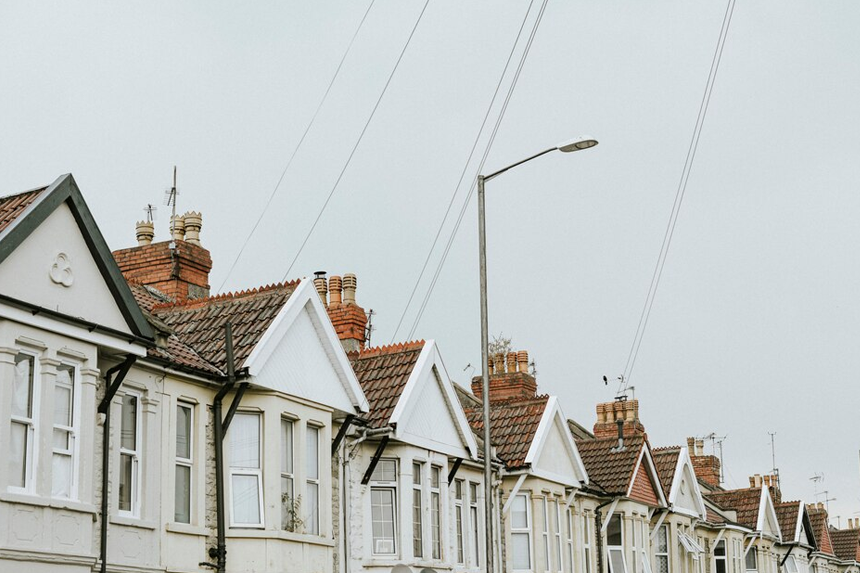The government is considering significant modifications to the Right to Buy policy, restricting more social housing residents from purchasing their houses. Under the proposed changes, tenants may have to wait ten years or more before being qualified to buy their homes. Those who live in recently constructed social housing could also be prohibited from making purchases entirely.
Introduced in 1980, the right-to-buy policy has always been a divisive issue. While supporters say it has helped millions of individuals land homeownership, others contend it has contributed to the drop in social housing supply. The government wants to solve the continuous housing crisis by reviewing the policy and enforcing tighter rules.
How Will Waiting Periods and Restrictions on New Builds Be Affected?
A modification in the amount of time social housing renters must reside in their homes before they may buy them is among the most important ones under review. Tenants now qualify to purchase their homes after three years of residence, a change from the five-year waiting requirement until 2014. In the meantime, the administration is considering whether to increase the waiting period to five, ten, or more than ten years.
Furthermore, the government has suggested prohibiting renters of recently constructed social houses. Although tenants can now purchase properties older than three years, the current idea calls for excluding residences built within the last 10 to 30 years—or perhaps indefinitely—from the Right to Buy system.
What Discount Reductions and Measures to Prevent Resale of Purchased Homes Are Being Proposed?
Under the present arrangement, social housing renters can get significant discounts on house purchases. The government wants to reduce these subsidies, which vary depending on the council between £16,000 and £38,000, back to pre-2012 levels. This modification is part of an attempt to lower the financial incentives for renters to purchase discounted residences.
The administration also wants a new law mandating tenants who sell their houses within ten years of purchase to pay back the discount they obtained. Tenants used to have to pay back the discount only if they sold within five years of purchase.
Why Does the Housing Secretary Support These Reforms?
A strong advocate of these developments, the Housing Secretary contends they must stop the continuous loss of social housing. “Too many social homes have been sold off before they can be replaced,” the Housing Secretary remarked, fueling the worst housing crisis in living memory. “We cannot fix the crisis without addressing this issue – it’s like trying to fill a bath while the plug’s not in.”
As highlighted by Shelter’s research, 1.4 million fewer English households have been in social housing since 1980. The Housing Secretary again underlined the need for higher social housing investment. “We must break the loop of selling off non-replacing social houses. Dealing with this housing issue fundamentally depends on this.
Why Are Critics Arguing That These Reforms Limit Aspirations?
Although the suggested changes seek to alleviate the scarcity of social housing, confident political leaders have objected to them. One critic expressed worries about the modifications limiting chances for social tenants to become homeowners. “Millions of people have entered property ownership thanks to The Right to Buy. It has returned something to families that paid their rent, worked hard, and followed the rules.” They said the changes would restrict social mobility and aspirations for hard-working families and accused the government of “pulling up the drawbridge on home ownership.”
What Is the Role of Investment in Social Housing in the Proposed Reforms?
Although the government’s ideas have generated discussion, proponents of social housing have applauded the initiative using the Right to Buy to solve the loss of such facilities. They contend, nonetheless, that these adjustments constitute just a portion of the fix.
Leading housing charity Shelter said that Right to Buy changes were “vital,” but it also noted that “serious investment in social homes in the Spring Spending Review” accompanies them. The charity’s remarks emphasise the necessity of a thorough strategy, including improving the Right to Buy policy and boosting the building of new social houses to satisfy the rising demand.
What Are the Government's Long-Term Plans for Social Housing?
During their term, the Housing Secretary has given top attention to social housing. Saying, “I want to see the biggest wave of council housing in a generation, and that is what I want to be measured on,” they have already shown their will to lead a significant increase in the building of council homes. The government’s social housing plan calls for the right to buy reform and guarantees sufficient reasonably priced homes for those in need.
What Are the Alternative Proposals for Housing Policy?
Opinions on the government’s suggested modifications to the Right to Buy policy varied greatly. Some, such as Manchester Mayor Andy Burnham, advocate more drastic measures and propose suspending initiatives like Help to Buy to concentrate on reasonably priced accommodation. Others have demanded a total overhaul or even the elimination of some housing rules to better meet the demands of the country’s most disadvantaged members.
Right to Buy will remain a divisive topic as the government works to solve the housing problem; advocates and detractors will weigh in on how best to reconcile social mobility with guaranteeing long-term reasonably priced accommodation.








